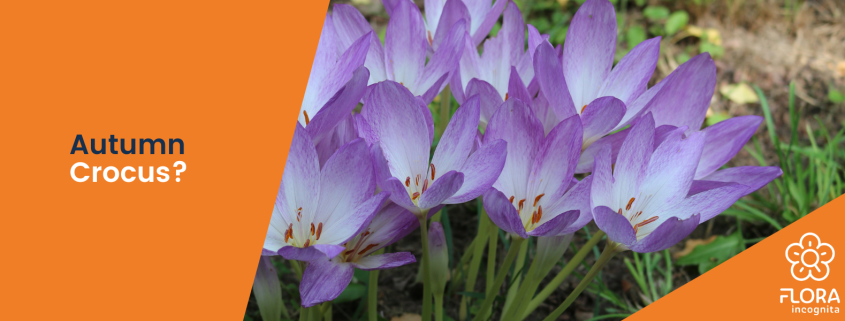Diversity of life – Species diversity
Biodiversity – The Series
The three main aspects of biodiversity are species diversity, the genetic diversity of a species and the diversity of habitats in a region. We cover all those aspects in dedicated articles. In this one, we take a closer look at the aspect of species diversity.
Species diversity
The term species diversity describes the number of biological species in a given area. This applies to small areas as well as large ones: a single tree in the Amazon, an entire mountain range, a political state, or even just a grid cell in a city. Typically, the species diversity of such an area is divided into specific groups such as plants (or just trees), mammals, fish, insects – depending on the question or topic.
How many species are there?
In 2006, around 2 million species were scientifically described. This contrasts with estimates of 5 to 20 million species that actually exist worldwide. It is very difficult to give precise figures for these two, as different groups of organisms have different criteria for species delimitation, and modern classification methods also include genetic information. There are also a large number of synonyms, and most species are very small and live in areas that are not easy to reach. Nevertheless, around 12-13,000 new species are scientifically described every year.
Why is species diversity important?
Nature is crucial for our survival as it provides us with important ecosystem services such as food, medicines, water regulation and recreational opportunities. It also helps to regulate the climate, and each species plays a unique and important role. The absence of a species can lead to the disruption of complex ecological cycles. For example, the extinction of insect species can have a negative impact on birds that feed on these insects and on the pollination of plants (including crops).
What threatens species diversity?
First and foremost is the destruction of habitats through construction, clearing, or modification, e.g., through intensification of soil cultivation. Many species-rich habitats are nutrient-poor, as a few dominant species spread quickly on nutrient-rich sites. The input of nitrogen and phosphorus from pollutants poses a threat to these habitats. Finally, invasive species can also have a lasting impact on existing ecosystems by disrupting the complex interactions between the species that occur there and successfully displacing established species. Above all these factors is climate change, which is altering many established processes so rapidly that the adaptability of many species cannot keep pace.
How can species diversity be protected?
Restoring or maintaining diverse habitats is the most important measure for preserving species diversity – or at least slowing its decline. Examples include restoring floodplain landscapes along rivers, allowing standing and lying deadwood in forests, thinning dry grasslands, extensive year-round grazing, flowering strips with native wild herbs and shrubs on agricultural land and stopping the drainage of moors. But our own actions can also have an influence: Wild corners in the garden, partially mowing of meadows, use of peat-free soil, participation in work to remove invasive plants or political and educational work are valuable building blocks for the preservation of species diversity.
This article was featured as a story in the Flora-Incognita app in spring 2024. In this plant identification app, you can find exciting information about plants, ecology, species knowledge, and tips and tricks for plant identification. Check it out!













